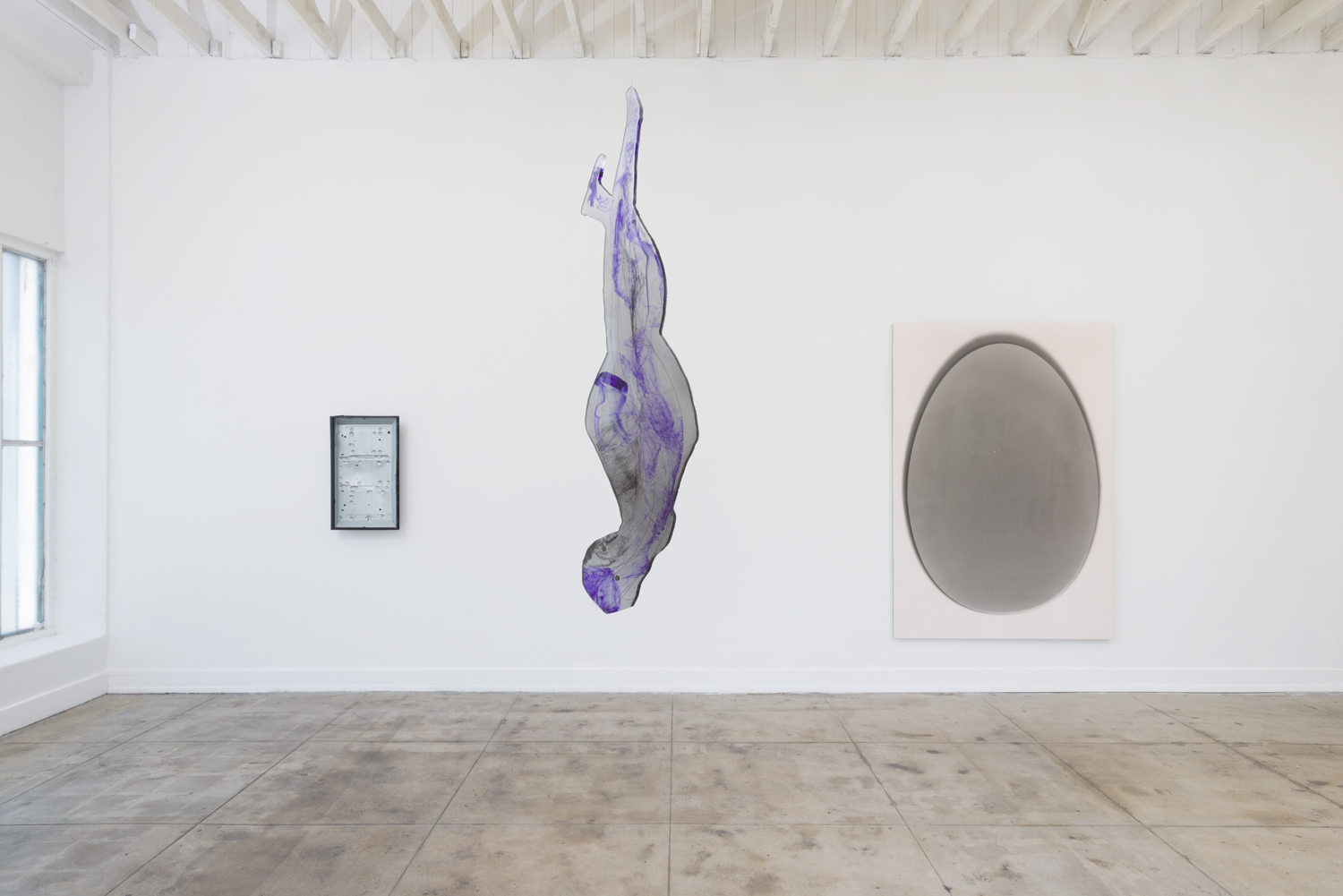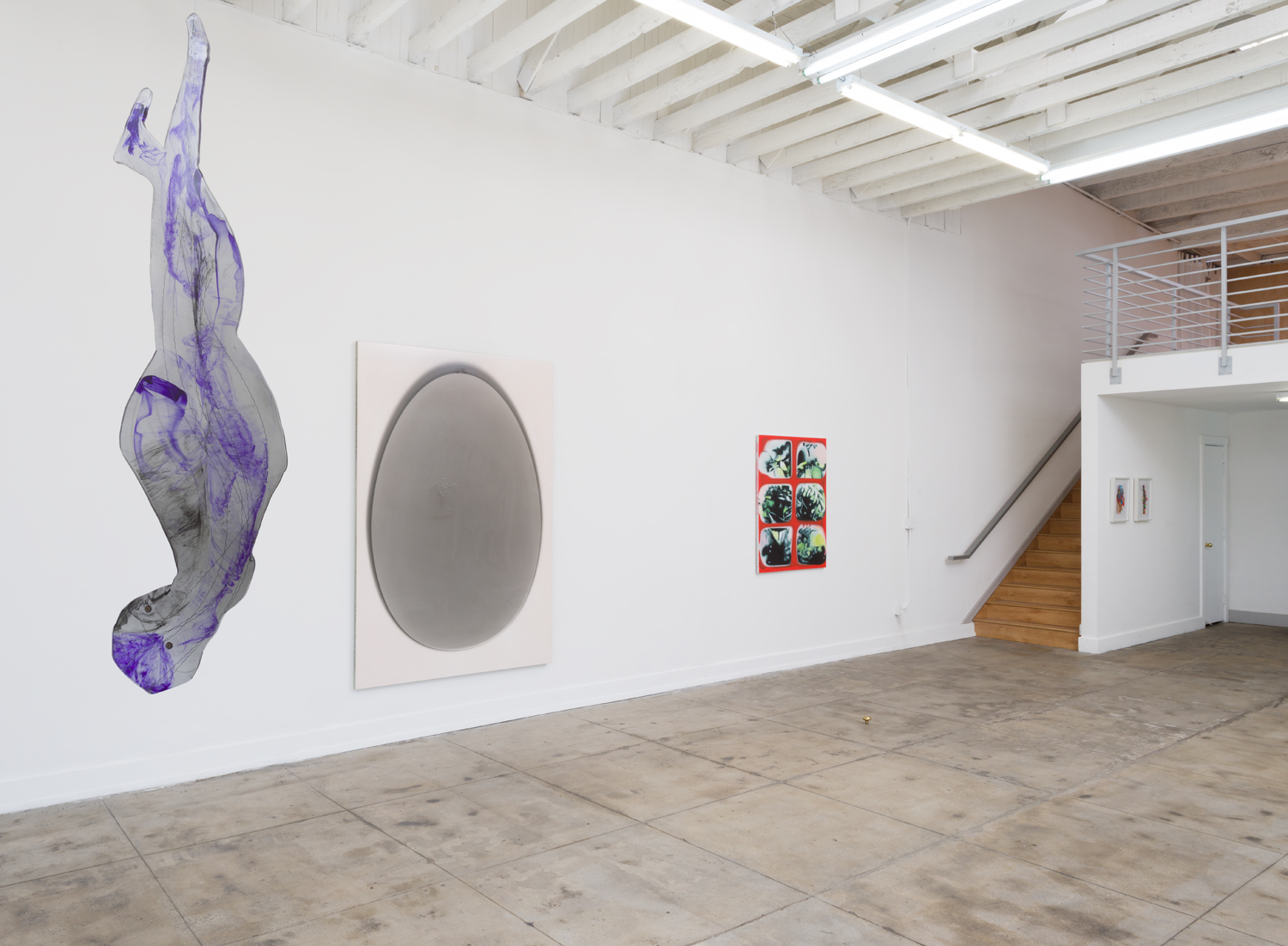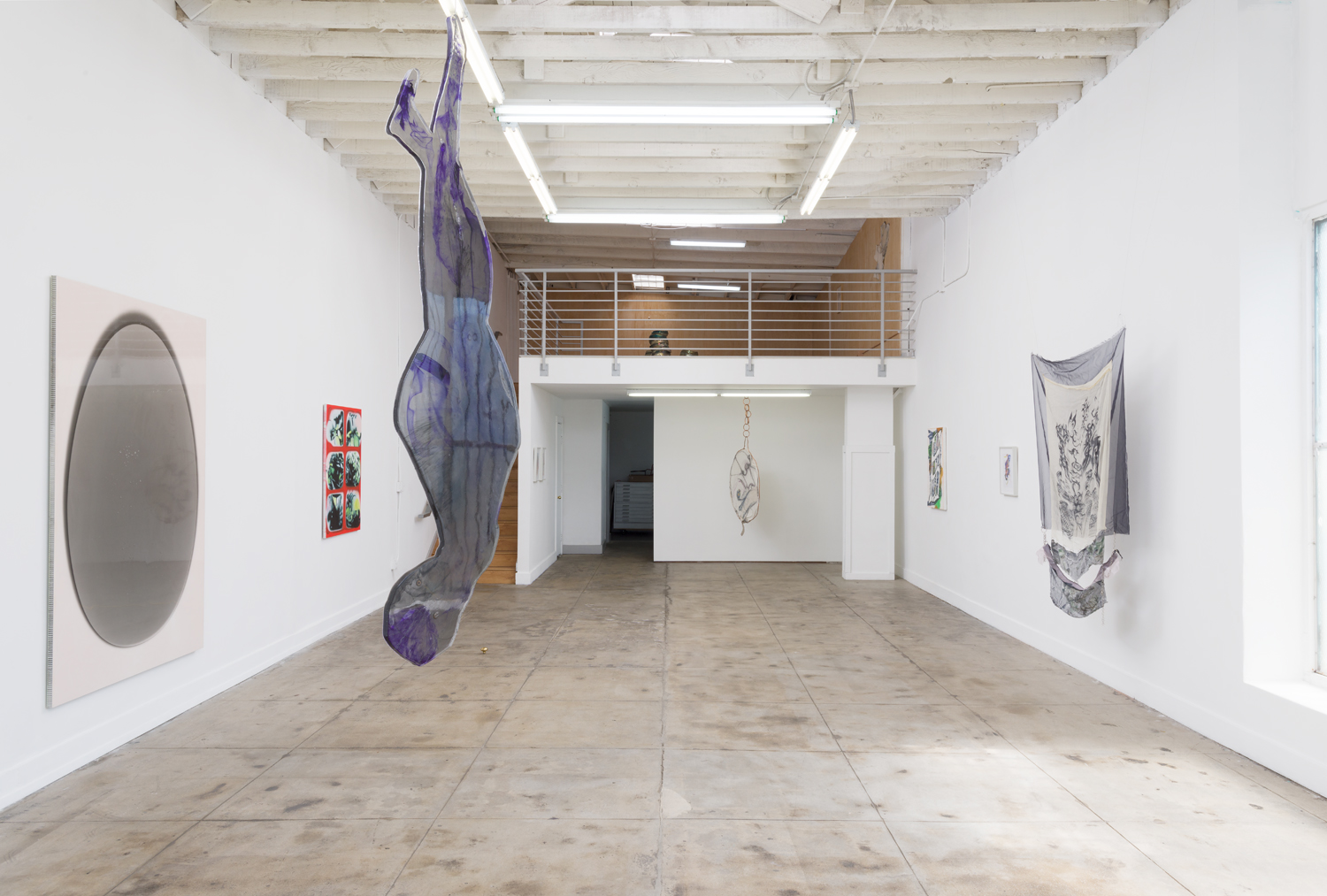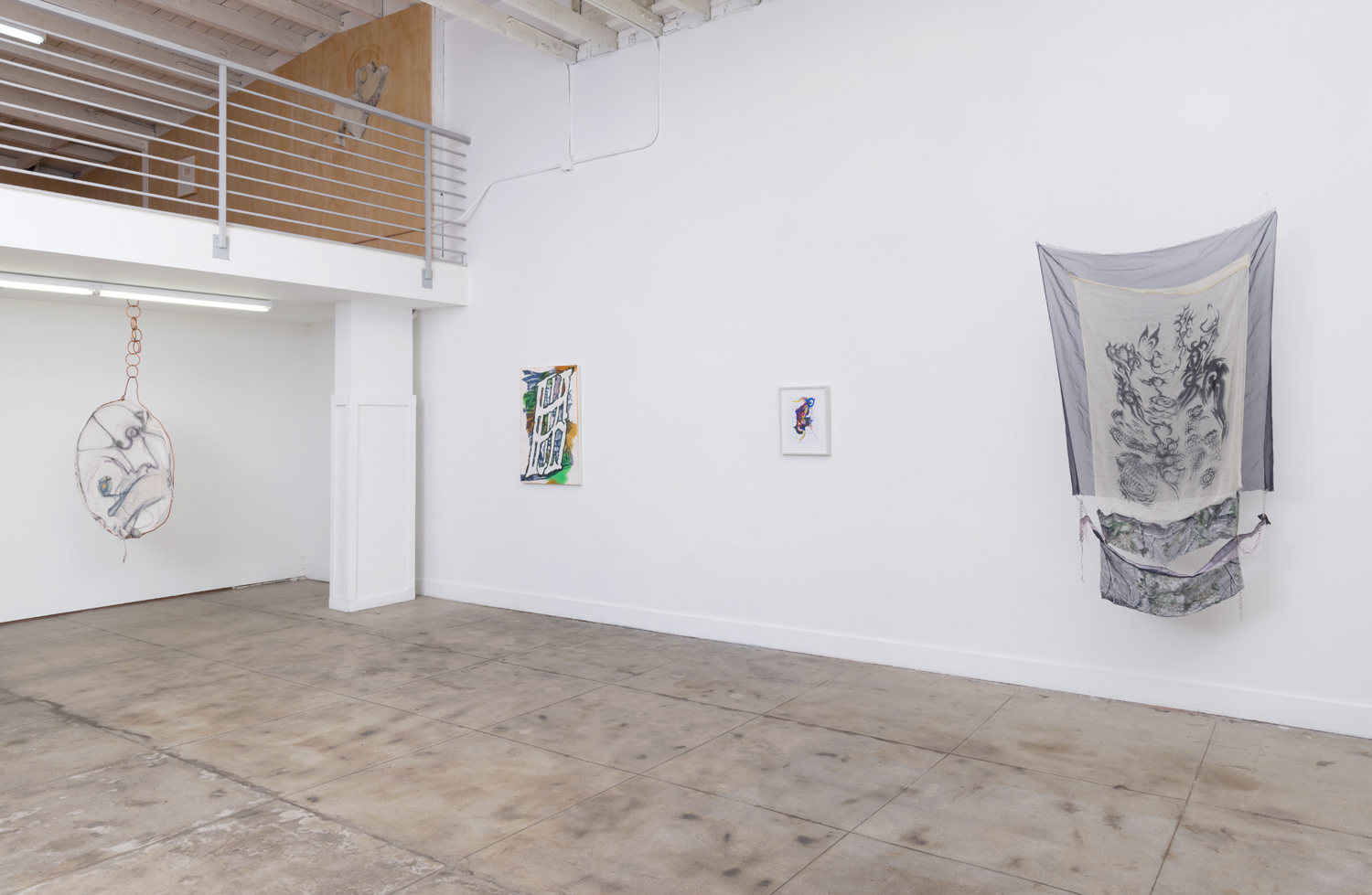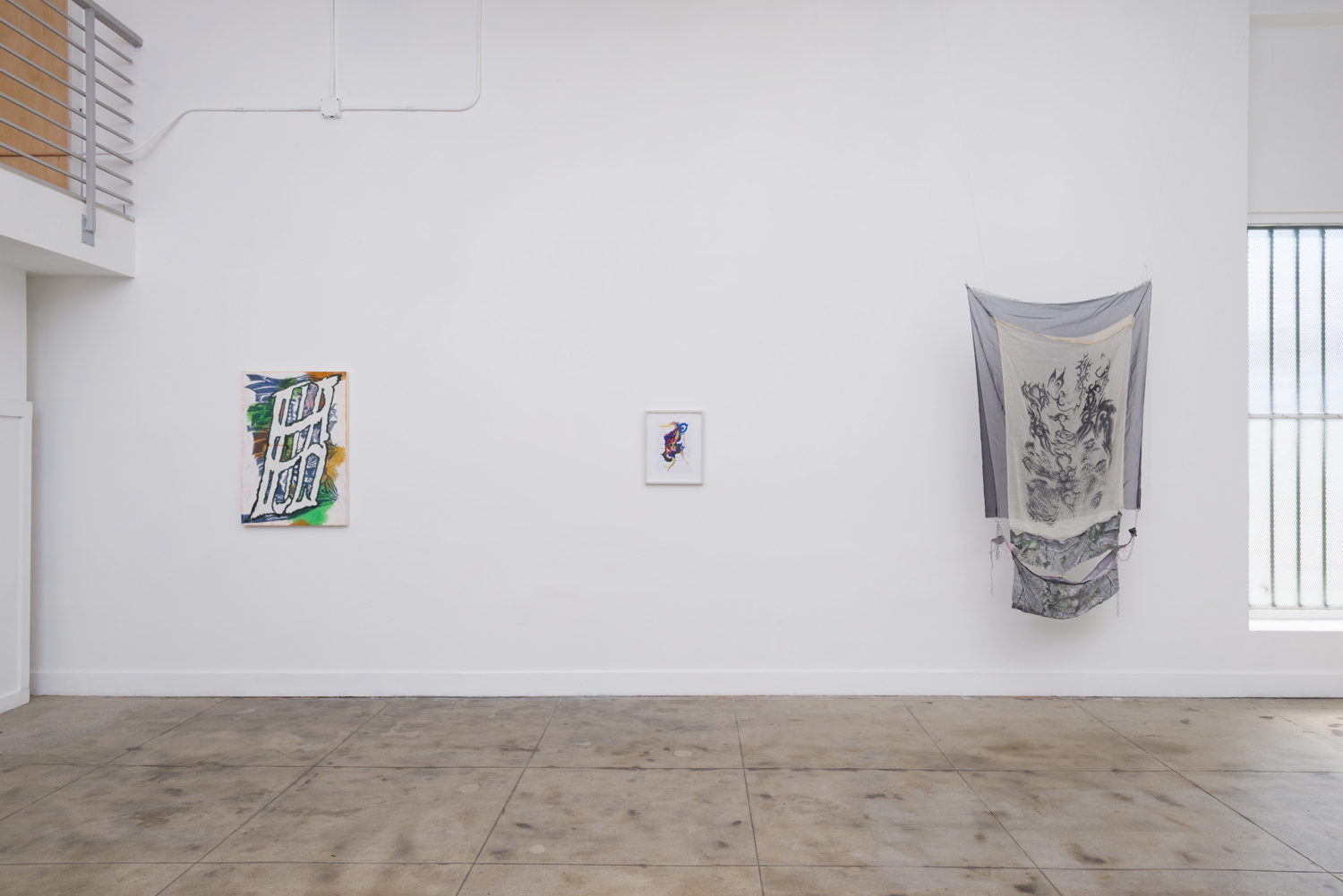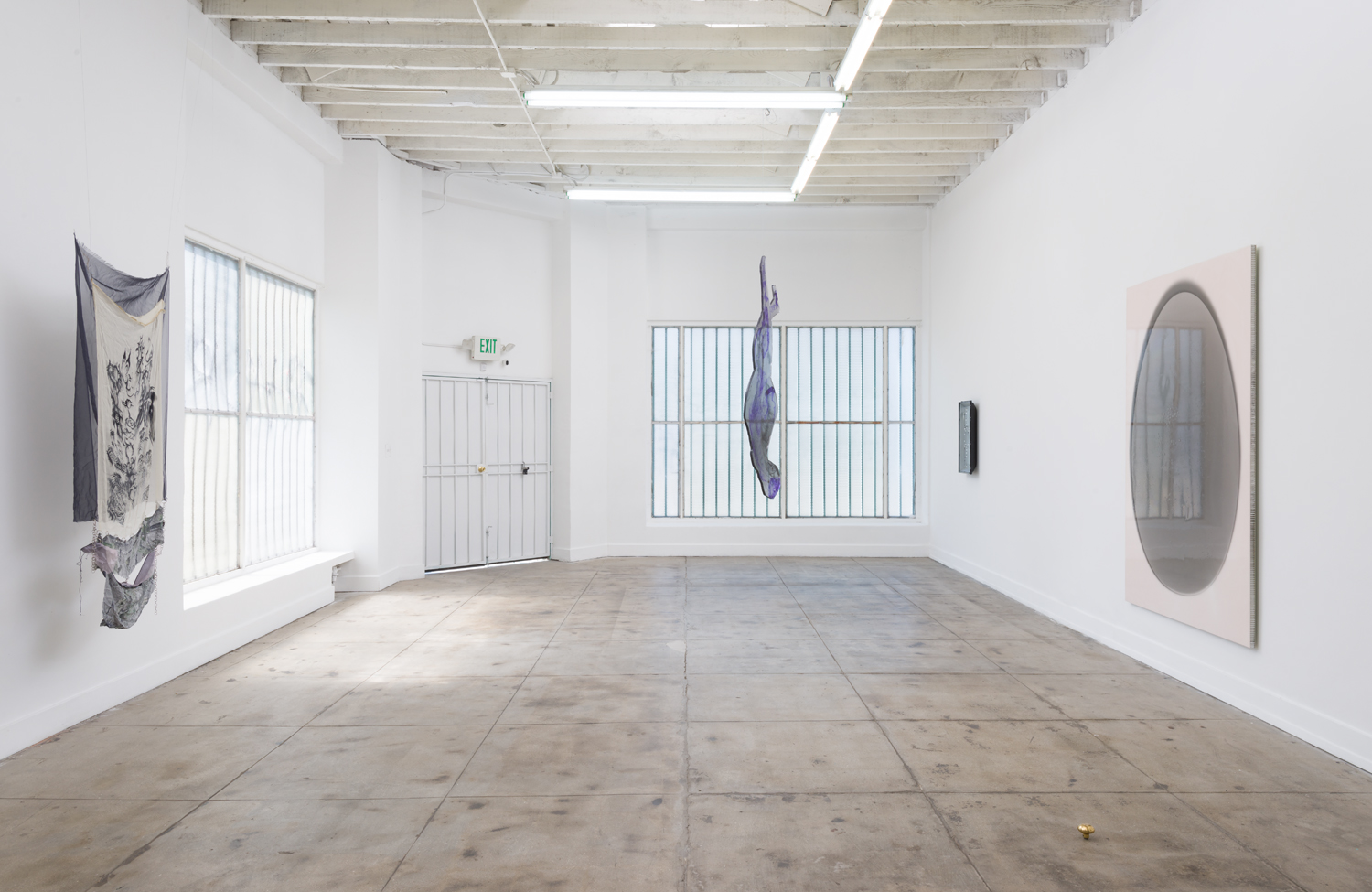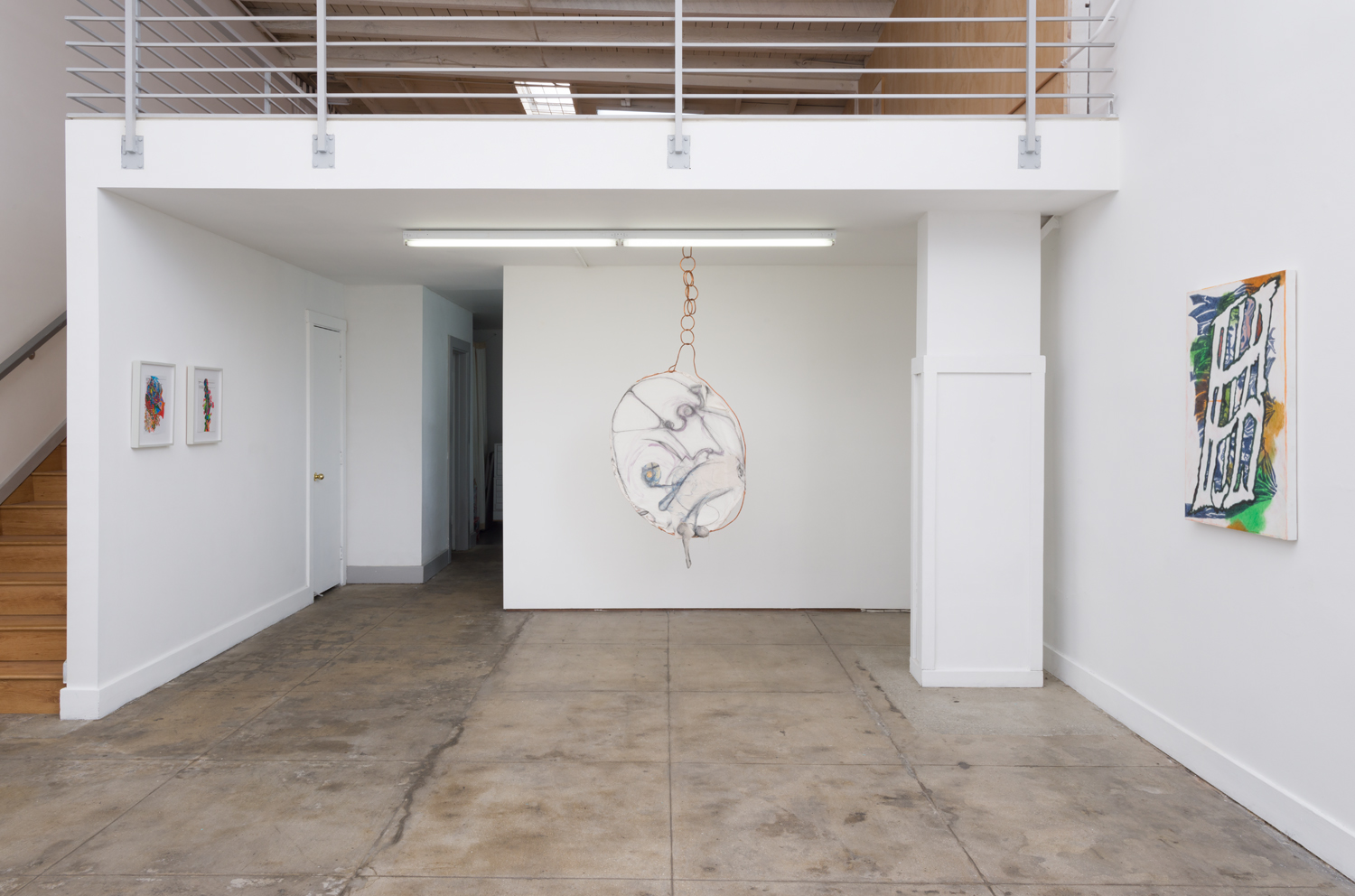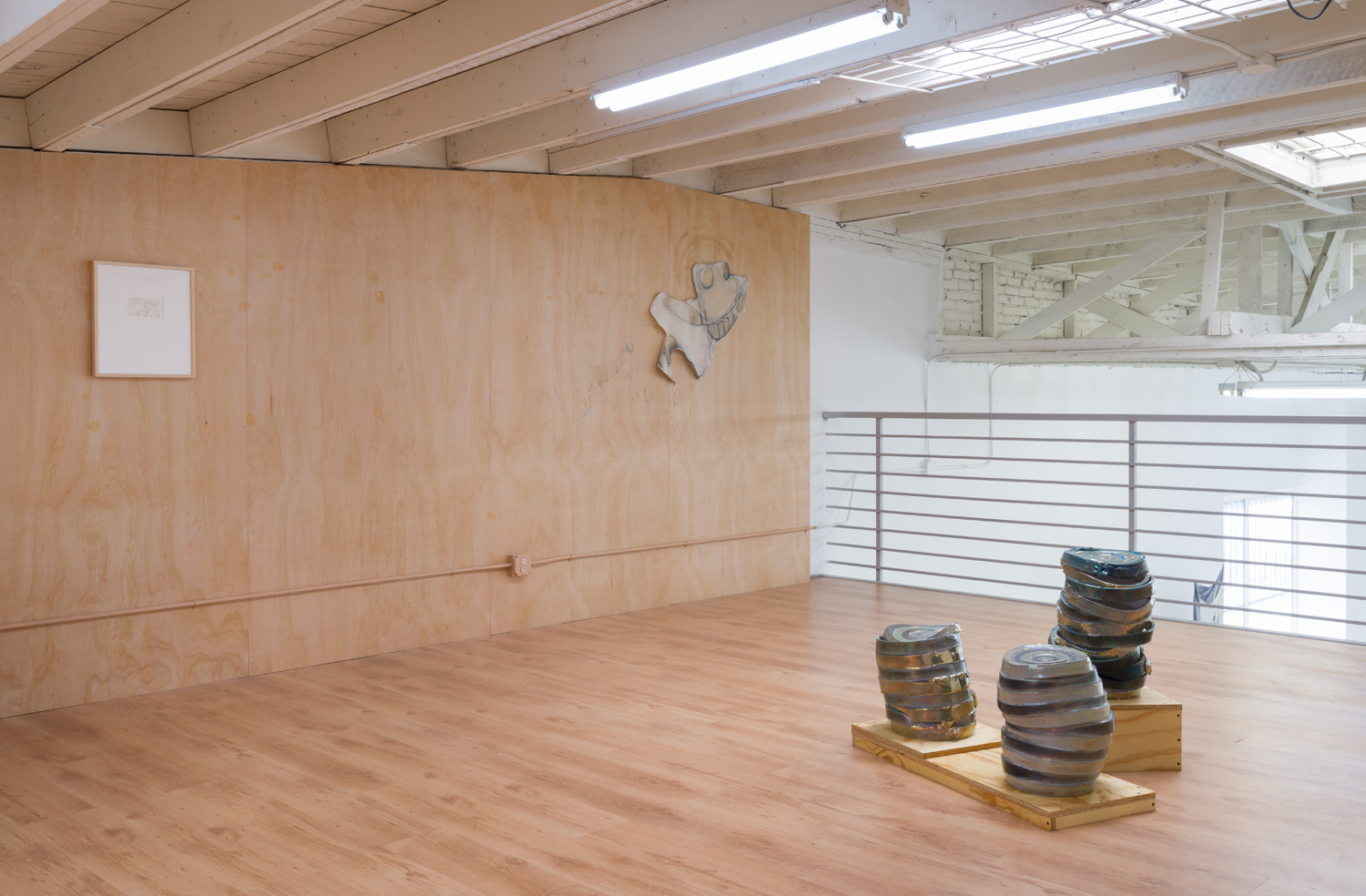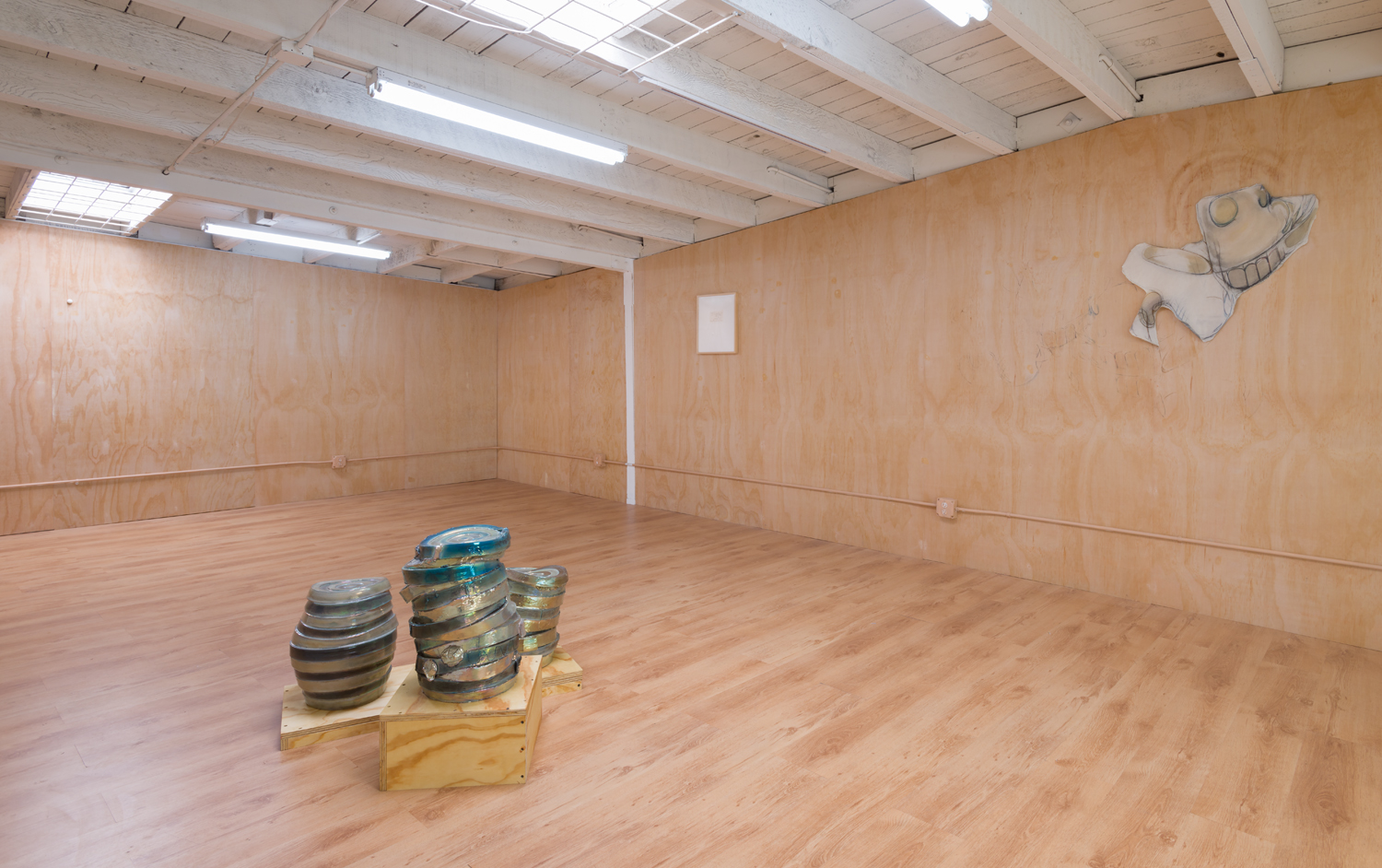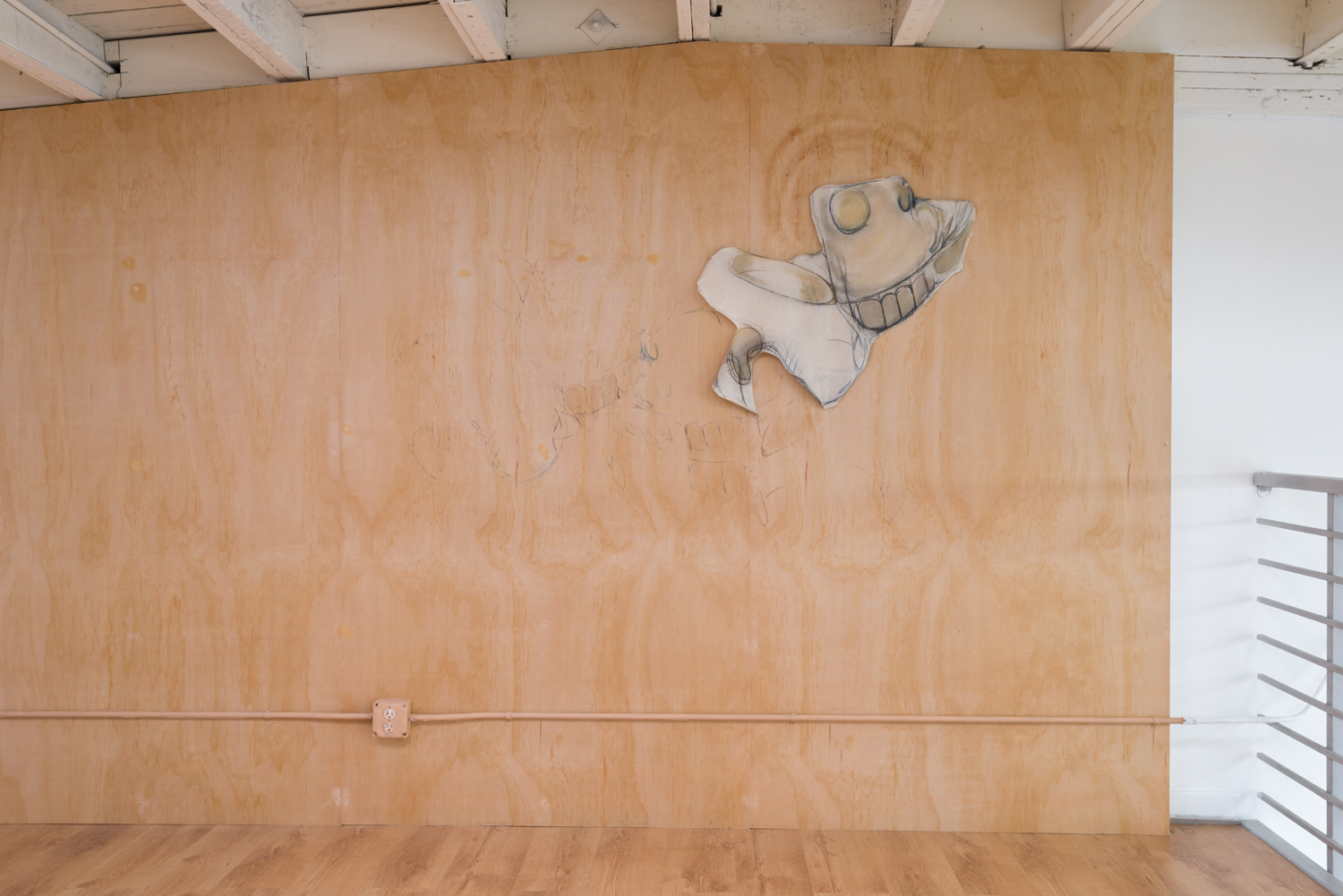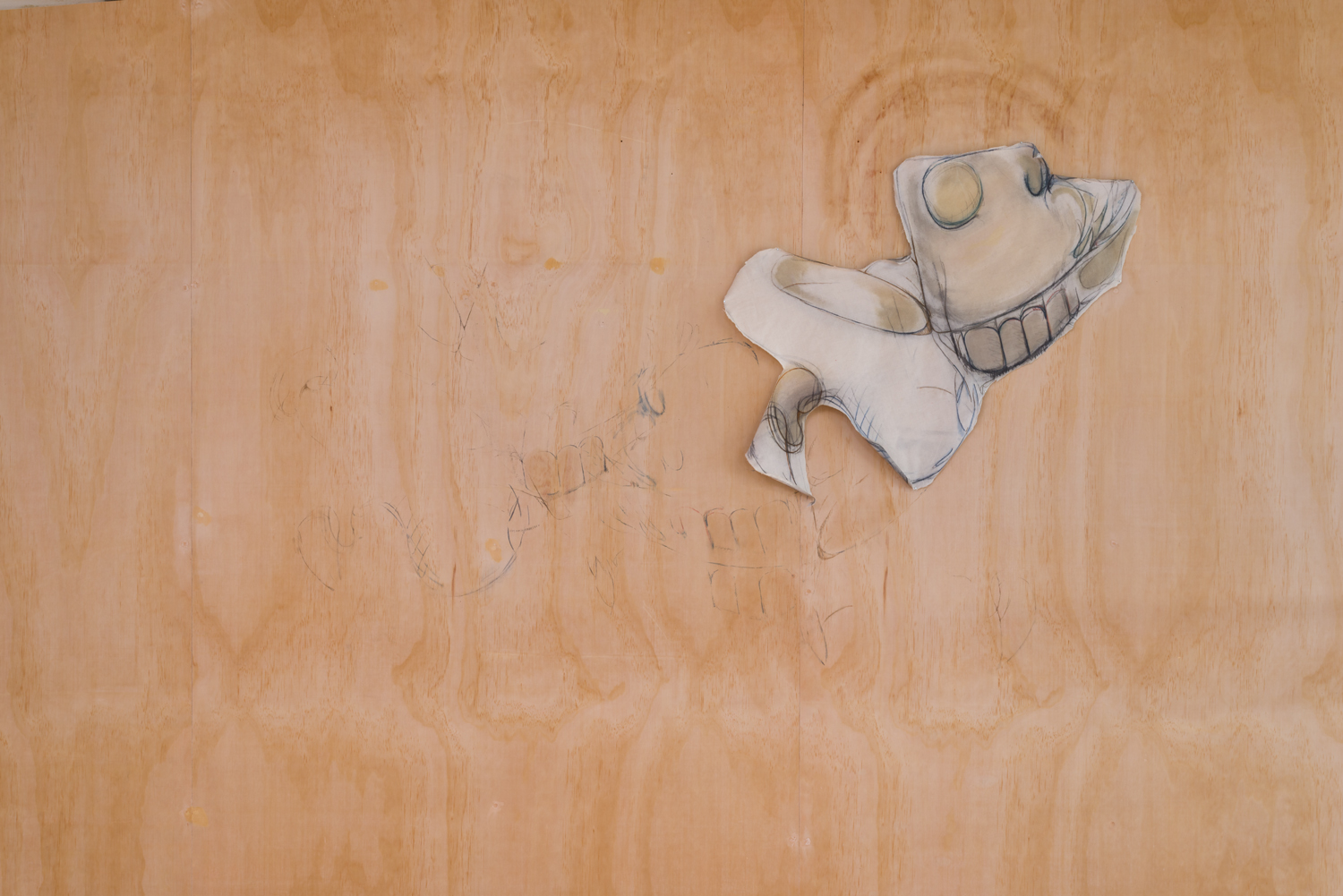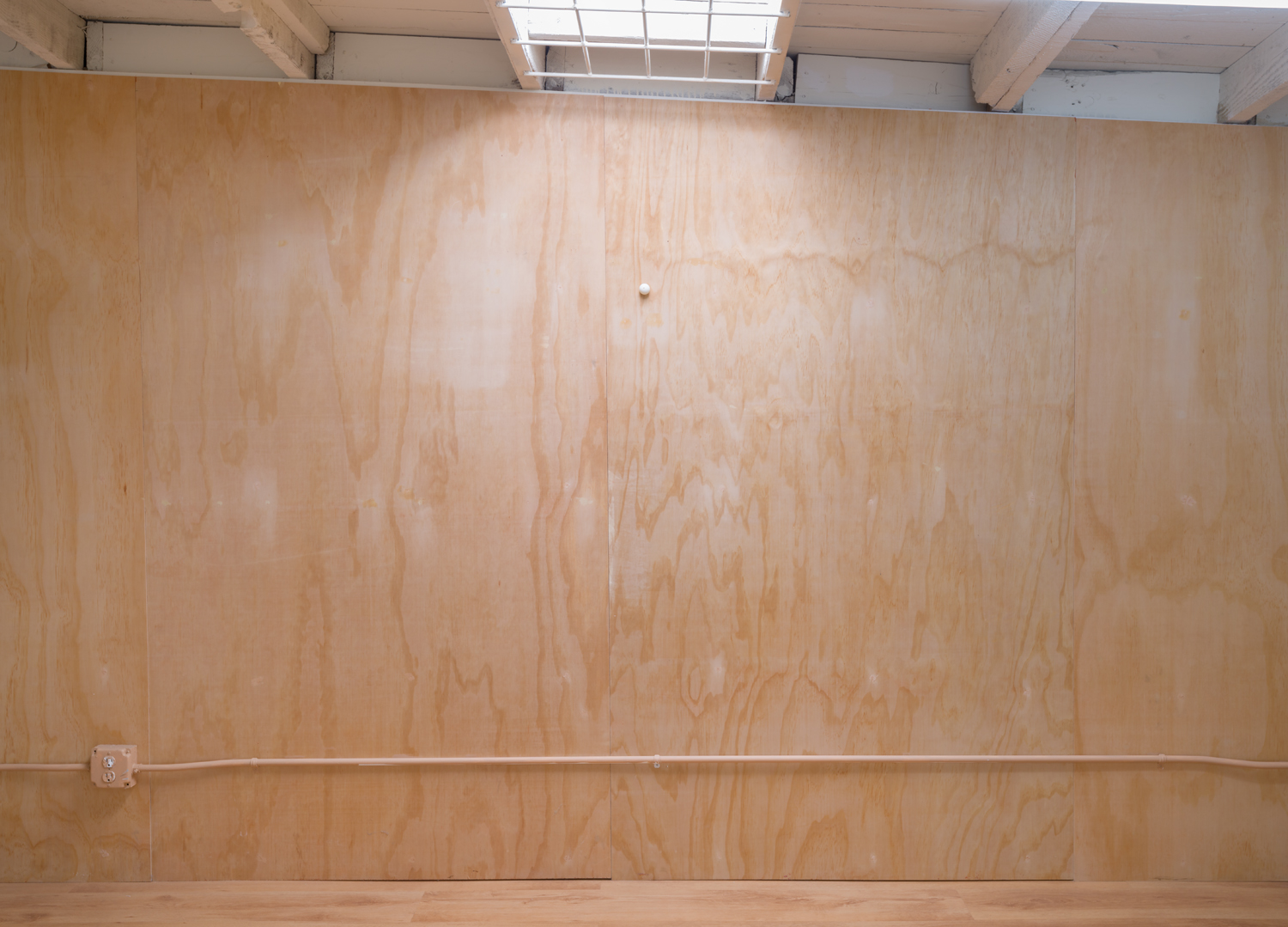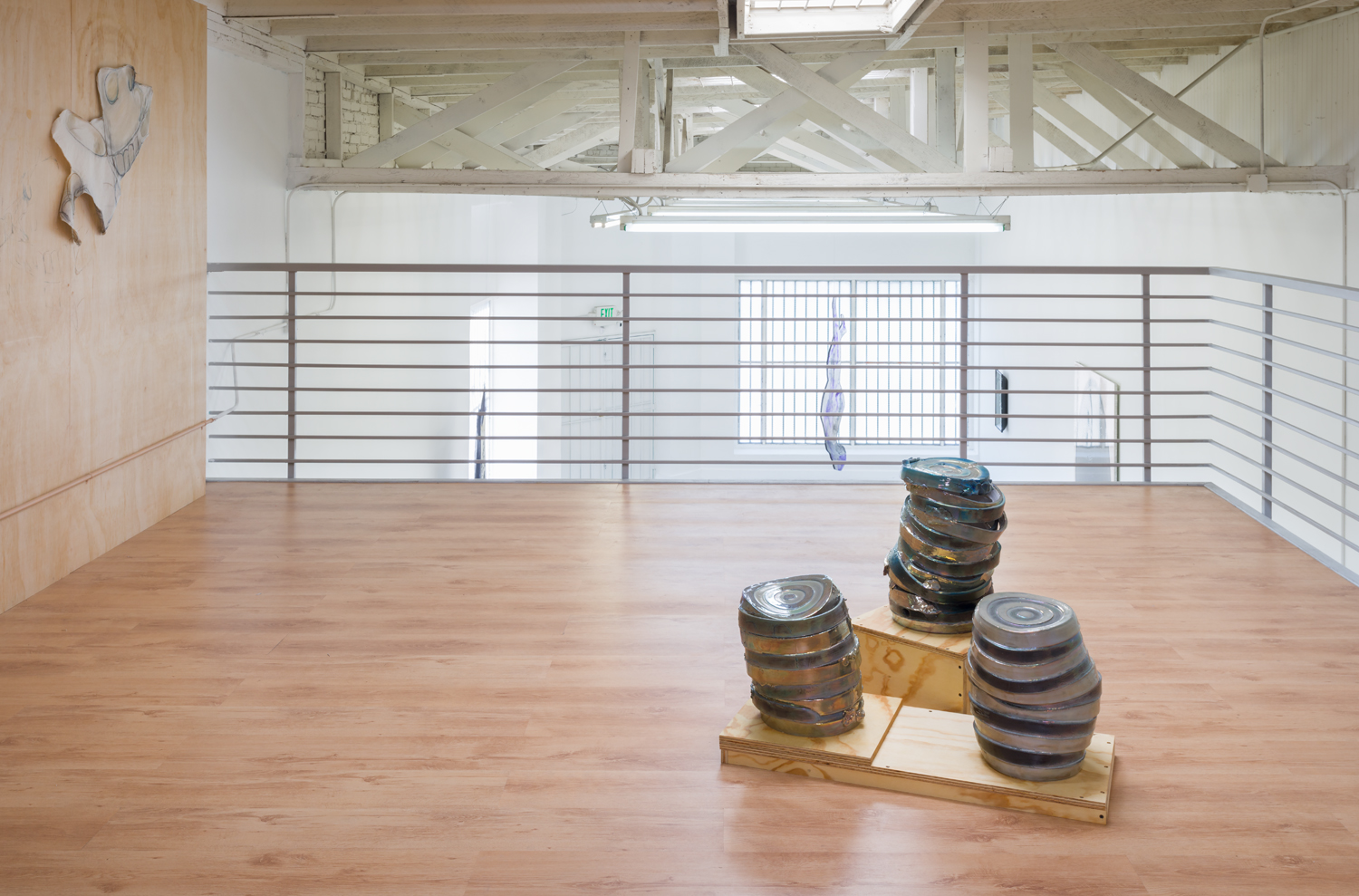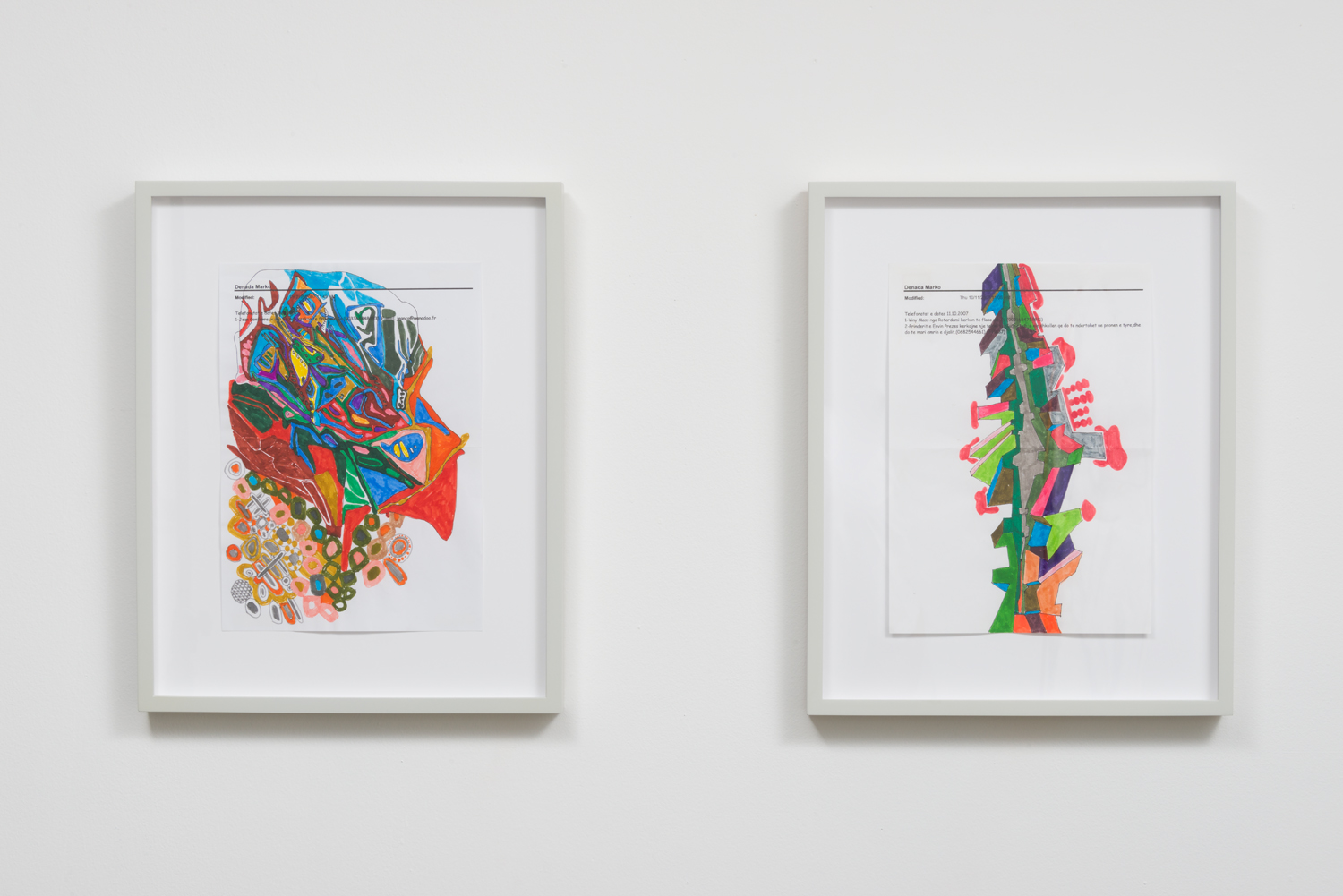BODY WITHOUT ORGANS
Curated by Rives Granade
Edi Rama
Fabian Marti
J Parker Valentine
Daniel Payavis
Victoria Duffee
Carrol Dunham
Poole Simon
When you will have made him a body without organs,
then you will have delivered him from all his automatic
reactions
and restored him to his true freedom.
They you will teach him again to dance wrong side out
as in the frenzy of dance halls
and this wrong side out will be his real place.
– Antonin Artaud, To Have Done With the Judgement of God, 1947
In late November 1947 Artaud wrote a radio play in which the Body without Organs is first mentioned. The play, a scatologically mystical rant against ideals and morality set in the mold of surreal poetry, posits the Body without Organs as the remedy par excellence for the falsehoods of reality. Just one year prior, Artaud had been released into the care of his friends from the charge of Dr. Gaston Ferdière, who for years had administered no less than 58 electroshock treatments to his patient, with some of the convulsions being so violent as to fracture a vertebrae in Artaud’s neck.[i] Most certainly Artaud had learned through such treatments to make himself a Body without Organs. When one no longer needs the morality of oppression that biology forces upon oneself then one can shed one’s innards and begin rebuilding from the outside in.
The French psychoanalyst and philosophers Felix Guattari and Gilles Deleuze took up Artaud’s Body without Organs and used it as a metaphor in describing a vast amount of ideas – “a biological and political experimentation, incurring censorship and repression.”[ii] One of the strengths of the BwO image is its irreducibility and simultaneously overloaded meaning. The Body without Organs demands that we embrace diversity and complexity, acknowledge these givens, and avoid the tendency of categorical reduction into false ideologies. The body is made up of individual pieces, but the sum of these individual pieces themselves do not define it in any identifiable way. The body cannot be reduced to the sum of its parts.
The Body without Organs is often compared to an egg. “That why we treat the BwO as the full egg before the extension of the organism and the organization of the organs, before the formation of the strata; as the intense egg defined by axes and vectors, gradients and thresholds, by dynamic tendencies involving energy transformation and kinematic movements involving group displacement, by migrations: all independent of accessory forms because the organs appear to function here only as pure intensities.”[iii] The Body without Organs is potentiality, it is the body’s potential to develop before the organs have coalesced from the cosmic mush inside the egg.
The Body without Organs is a shell. Once you remove the insides then the shell can function with a new utility.
It is true that in moments not dissimilar to the one in which we are now living a Body without Organs is urgently needed. As Joseph Beuys once stated: “The human body is a microcosm of the world. In times of crisis we feel our being to be threatened. We must get beyond the body to achieve an outside view of the world.”[iv]
~ Rives Granade 2017
[i] Repp, Kevin. The Strange Case of Dr. Ferdière, Checklist and Object Descriptions, “Psyche & Muse: Creative Entanglements with the Science of the Soul on view at Beinecke Library, Yale Univereity, January 28 through June 13, 2011, www.library.yale.edu/~nkuhl/Psyche-Muse/Ferdiere–Checklist.pdf.
[ii] Gilles Deleuze and Felix Guattari, A Thousand Plateaus: Capitalism and Schizophrenia trans. Brian Massumi (Minneapolis: University of Minnesota Press, 1987), p. 150.
[iii] Ibid., p. 153.
[iv] Joseph Beuys at The New School for Social Research, New York City, January 1974.
